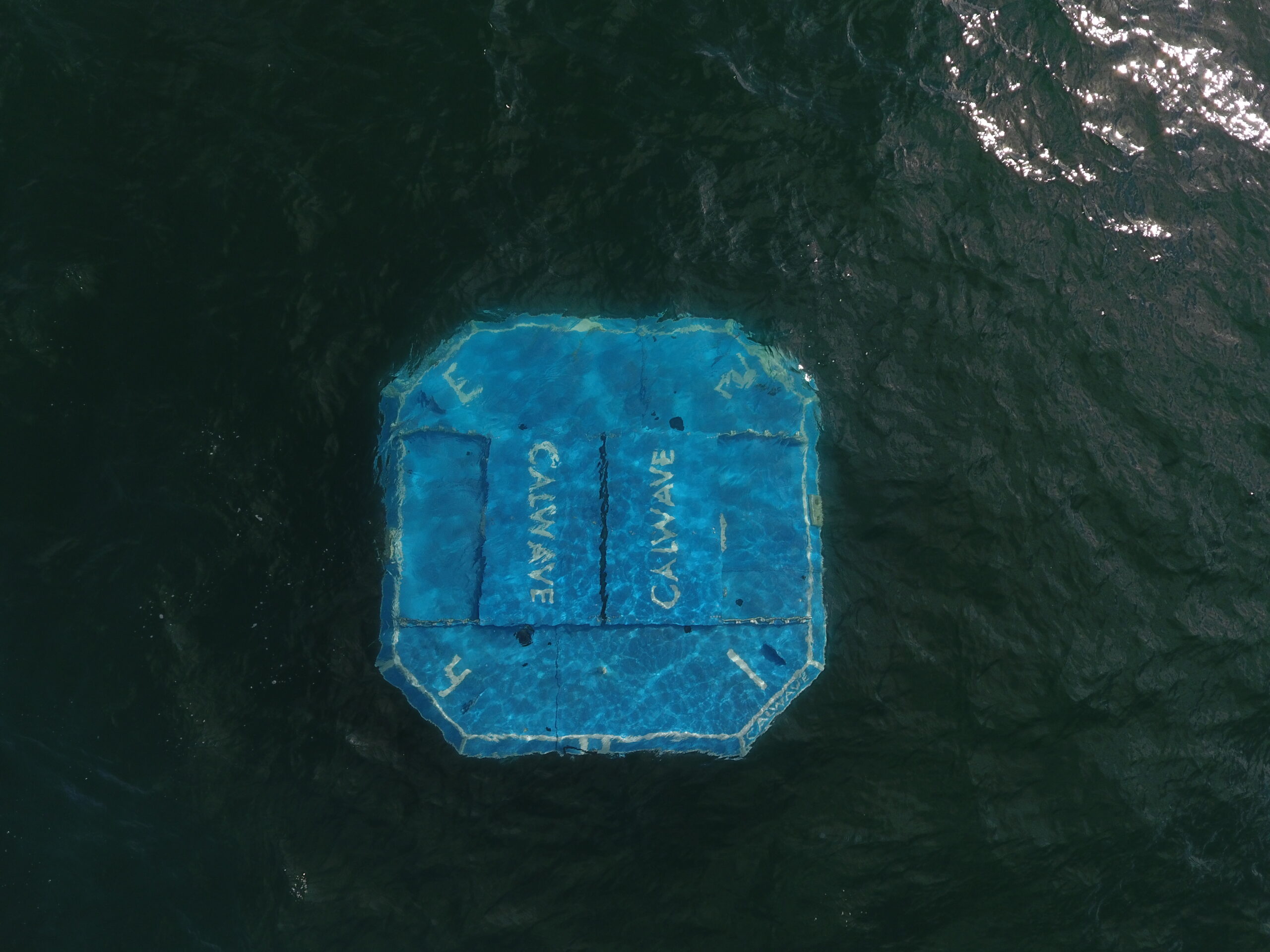The NASA Perseverance mission to Mars has completed several firsts, including the first artificial flight on another planet and the first martian atmosphere oxygen extraction.
The Perseverance rover touched down in Jezero Crater on Mars in 2020. Research that examined several rocks there revealed considerable interaction between the rocks and liquid water. The evidence found in such rocks also shows the presence of organic substances.
Recent Mars Discoveries Suggest Ancient Alien Life.
In February 2021, NASA’s Perseverance rover touched down on Mars. The rover has now offered convincing new evidence that organic compounds were formerly prevalent in the lake on the rover’s landing site, the Jezero Crater, after spending its first 208 Martian days exploring the planet.
Dr. Joseph Razzell Hollis, a co-author on a recent paper that presents the findings and is from the Natural History Museum in London, said in an interview with IFLScience, ” “Based on orbital imagery, it appears that Jezero Crater is what we initially believed it to be. About three/three and a half billion years ago, it was a lake. And that’s incredibly interesting for us because the emergence of life on Earth about 3 billion years ago coincided with the presence of liquid water on Mars. Thus, the question arises: Did the water on Mars also contain the necessary components for life?”

In a brand-new publication that was printed in the journal Science, Hollis and Dr. Eva Scheller reported their findings. They examined rocks in the Jezero Crater using information from the SHERLOC sensor on the Perseverance rover to find the fluorescence of particular chemical molecules.
These substances may have contributed to the development of life on Mars, according to the researchers. However, before drawing definite conclusions, they would need to examine analogous rock samples on Earth thoroughly.
Since organic molecules (chemicals with carbon-hydrogen bonds) can be produced by nonbiological processes, their presence does not necessarily indicate the presence of life. To find out, a future trip returning the samples to Earth would be required.
An international team, including researchers from Imperial, conducted the study, which was directed by Caltech researchers.
As a member of the scientific team, Imperial College London’s Department of Earth Science & Engineering’s Professor Mark Sephton had the chance to consider the results while taking part in rover operations on Mars. I’m hopeful that one day these samples will be able to be brought back to Earth so that we can search for any traces of organic matter and water and ascertain whether or not there were favorable conditions for life to exist on Mars in its early history.
Sample Perseverance will Reveal New Information about Ancient Mars.
That is precisely what will happen since the Mars Sample Return mission, a collaboration between NASA and ESA, is developing the technology necessary to send samples back to Earth from Mars so that researchers can examine them. The space agencies anticipate doing so in the 2030s.
The Perseverance rover has been examining an old river delta that is thought to have supplied the lake in the Jezero Crater for the past few months. Because it was assumed to have been a sizable lake, it was selected as the Perseverance rover’s landing site. It was the perfect place to gather samples that could reveal signs of prehistoric microbial life.
The Jezero Crater was once a sizable lake nourished by a small river, according to research published in October last year. As Perseverance and the Curiosity rover continue to uncover fascinating discoveries, the search for samples is ongoing.





